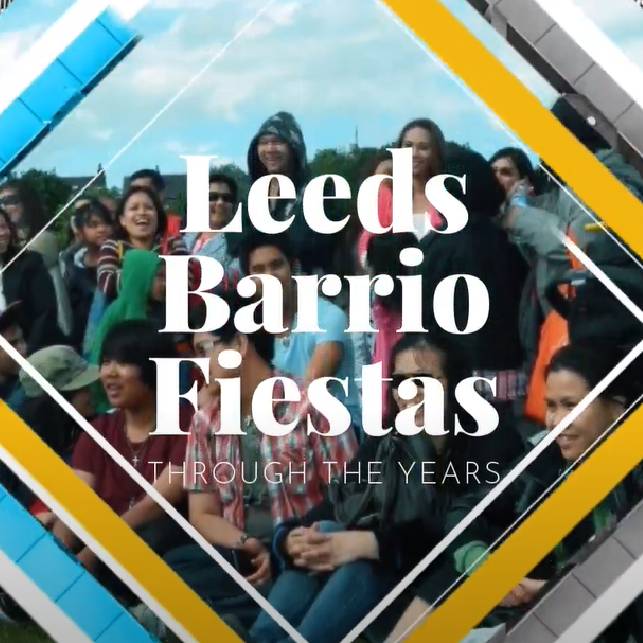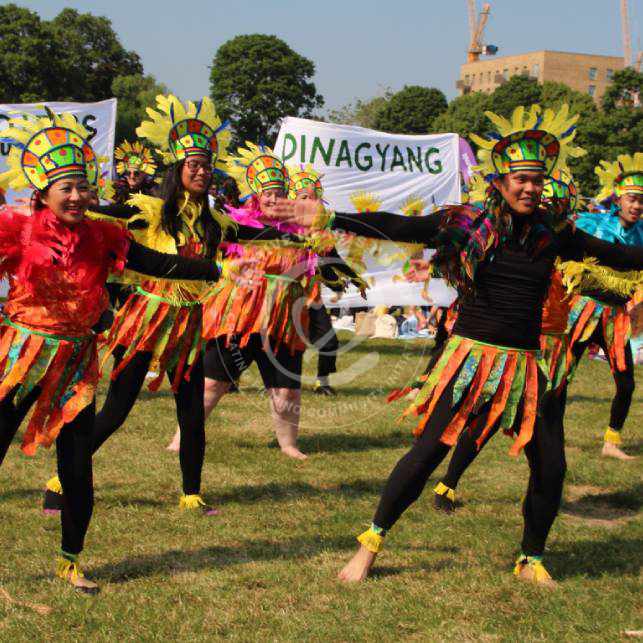Easter Sunday, known as the “Pasko ng Pagkabuhay” in the predominantly Catholic Philippines, is a joyful and spiritually significant day that celebrates the resurrection of Jesus Christ. As one of the most important days in the Christian calendar, it is observed with heartfelt devotion and vibrant festivities throughout the country.

The day typically begins with the Salubong (meaning “meeting”), a dawn procession that reenacts the encounter between the resurrected Christ and His mother, the Virgin Mary. Statues of Jesus and Mary are carried separately through the streets before they meet, symbolizing the triumph of life and hope over death and sorrow. This moment is often marked by an emotional unveiling of the Virgin Mary’s black mourning veil to reveal her radiant image, signifying her joy at Christ’s resurrection.
Church services on Easter Sunday are filled with music, prayers, and hymns of praise, as Filipinos gather to express their gratitude and celebrate their faith. Families often come together to attend Mass and offer prayers, followed by festive meals that feature traditional Filipino dishes.
Easter egg hunts, though not originally Filipino in tradition, have gained popularity in recent years, particularly among children. These playful activities, alongside other family-centered celebrations, bring an added element of fun to the solemn religious holiday.
In essence, Easter Sunday in the predominantly Catholic Philippines is a time of renewal and rejoicing. It reflects the deep religiosity of the Filipino people and their enduring celebration of faith, hope, and family.


